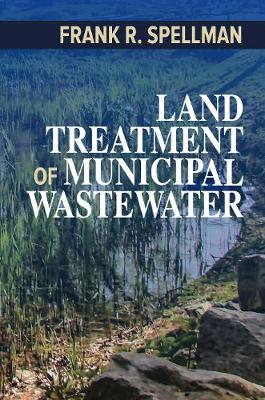This volume explains how land treatment works and then delves into the technical improvements that have increased the viability of land treatment in general, including phytoremediation; vadose-zone monitoring; new types of surface irrigation such as center-pivot, drip and micro-sprinklers; and aquifer recharge and land subsidence strategies. In terms of operation, the book offers updated information on soil and aquifer management and provides a rational model for balancing oxygen uptake with BOD loadings. A special feature is that it demonstrates the use of land application to treat industrial wastewater. Supplemented by data and research on stream ecology, Land Treatment of Municipal Wastewaters also includes analyses of risks to the environment of land treatment methods, compared to risks associated with other wastewater treatment methods. Throughout, the book maintains a focus on the financial and energy costs of land treatment. Resource and land planners, watershed managers, regulators and wastewater and utility managers will find the book useful. Some of the highlights of the book include: Presents the advantages of using land application methods for purifying wastewater, rainwater and run-of. Describes how land application methods work and how new technologies enhance the advantages land treatment provides. Includes discussion of phytoremediation, vadose-zone monitoring, new types of surface irrigation, aquifer recharge and land subsidence strategies. Offers an example of using land application to treat industrial wastewater. Includes analyses of risks to the environment compared to risks associated with other wastewater treatment methods.
- ISBN13 9781605955384
- Publish Date 1 March 2019
- Publish Status Active
- Publish Country US
- Imprint DEStech Publications, Inc
- Format Paperback
- Pages 336
- Language English
